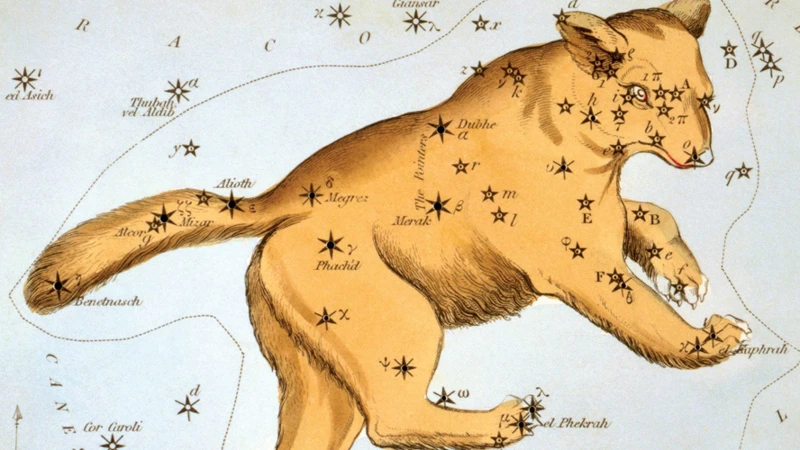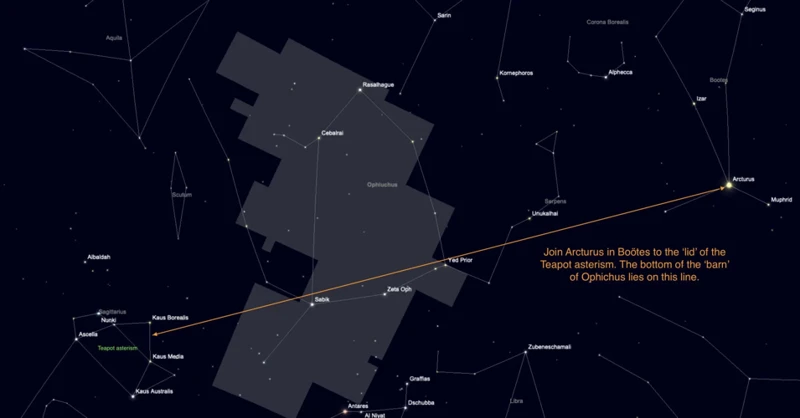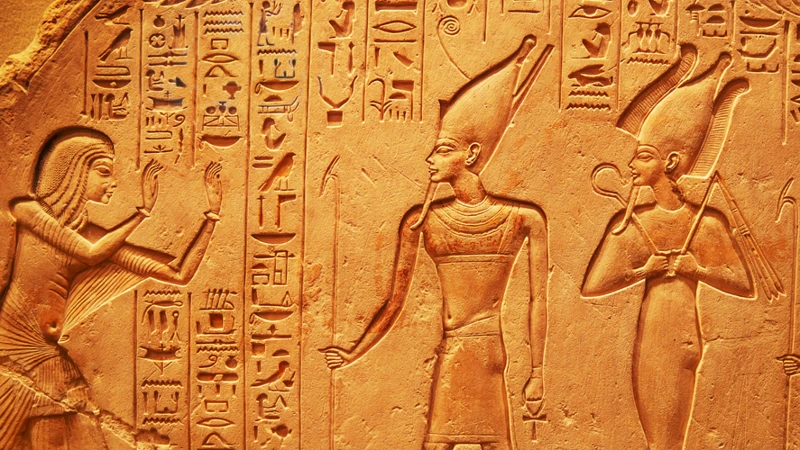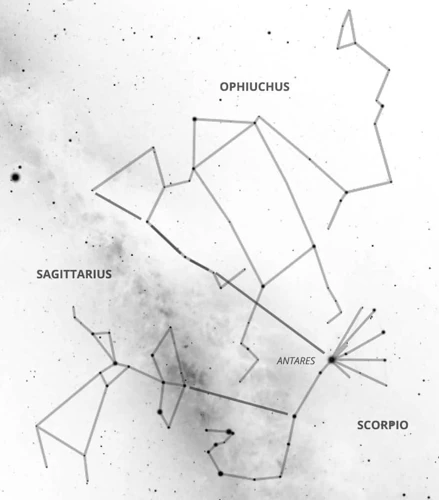Contents
- Welcome to The Great Bear: Exploring the Mythology and Science Behind Ursa Major
- Mythology of Ursa Major
- Scientific Aspects of Ursa Major
- The Cultural Significance of Ursa Major
- Modern Understandings and Research
- The Mystical Connections to Ursa Major
- Conclusion
- Frequently Asked Questions
- References
-
Frequently Asked Questions
- 1. How did Ursa Major get its name?
- 2. What is the significance of Ursa Major in Greek mythology?
- 3. How have Native American cultures interpreted Ursa Major?
- 4. What is the formation and composition of Ursa Major?
- 5. How does Ursa Major move and where can it be located in the sky?
- 6. What are some noteworthy features and facts about the stars in Ursa Major?
- 7. How has Ursa Major influenced art and literature?
- 8. What role does Ursa Major play in astrology?
- 9. What recent astronomical discoveries have been made about Ursa Major?
- 10. Are there any notable mystical connections or beliefs associated with Ursa Major?
- References
- Read More
Welcome to The Great Bear: Exploring the Mythology and Science Behind Ursa Major
Mythology of Ursa Major

Scientific Aspects of Ursa Major

The Cultural Significance of Ursa Major

Modern Understandings and Research

In modern times, astronomers and scientists have delved into the mysteries of Ursa Major, uncovering new understandings and conducting groundbreaking research.
One of the significant advancements in our understanding of Ursa Major relates to its formation and composition. Through the study of galaxies, researchers have discovered that Ursa Major is part of a larger cluster of galaxies known as the Ursa Major Cluster. This cluster contains hundreds of galaxies, including spiral galaxies like our Milky Way. By examining the composition of these galaxies and their interactions, scientists gain insights into the evolution and dynamics of galactic structures.
Motion and location in the sky are also areas of focus for modern research. Astronomers have observed that Ursa Major moves across the night sky due to the Earth’s rotation and the constellation’s position in relation to our planet. The movement of Ursa Major, along with other constellations, enables astronomers to navigate the night sky and chart the positions of celestial objects.
Studying the stars within Ursa Major has uncovered fascinating facts and noteworthy features. One notable star in the constellation is Dubhe, which is an example of a spectroscopic binary star. This means that Dubhe is composed of two stars orbiting around a common center of mass, and their interaction can be detected through analyzing their spectra. This discovery provides valuable information about stellar evolution and binary star systems.
Add link: Understanding the Formation of Galaxies
The Mystical Connections to Ursa Major

Conclusion

Frequently Asked Questions

References
Frequently Asked Questions

1. How did Ursa Major get its name?
Ursa Major got its name from Latin, which means “Great Bear.” The name aptly describes the prominent constellation’s shape, resembling a bear in the night sky.
2. What is the significance of Ursa Major in Greek mythology?
In Greek mythology, Ursa Major holds multiple significances. It is said to represent the nymph Callisto, who was transformed into a bear by the goddess Hera. It also played a significant role in the myth of Zeus disguising himself as a bear to seduce a nymph.
3. How have Native American cultures interpreted Ursa Major?
Native American cultures have diverse interpretations of Ursa Major. For some tribes, it represents the Great Bear, while for others, it symbolizes a celestial hunter pursuing the bear.
4. What is the formation and composition of Ursa Major?
Ursa Major is a constellation composed of various stars at different distances from Earth. Its formation occurred due to the gravitational forces acting on these stars, creating the recognizable shape we see today.
5. How does Ursa Major move and where can it be located in the sky?
Ursa Major appears to move across the sky due to the rotation of the Earth. It is visible in the northern hemisphere and can be found using the well-known asterism known as the Big Dipper, which forms part of Ursa Major.
6. What are some noteworthy features and facts about the stars in Ursa Major?
Ursa Major features several notable stars, including Dubhe and Merak, which form the “pointer stars” that guide to the North Star, Polaris. Additionally, the star Alcor is often used as a test of visual acuity.
7. How has Ursa Major influenced art and literature?
Ursa Major has had a significant influence on art and literature throughout history. It has been depicted in various paintings, sculptures, and literary works, symbolizing different themes such as power, guidance, and the natural world.
8. What role does Ursa Major play in astrology?
In astrology, Ursa Major is associated with certain zodiac signs and is believed to influence personality traits and life outcomes. It is often seen as a source of spiritual energy and guidance.
9. What recent astronomical discoveries have been made about Ursa Major?
Astronomers have made several discoveries about Ursa Major, including the identification of exoplanets within the constellation’s boundaries and the study of star formation within its stellar nurseries.
10. Are there any notable mystical connections or beliefs associated with Ursa Major?
Many mystical connections and beliefs are associated with Ursa Major. Astrologers interpret the constellation’s positioning to predict future events, while New Age beliefs consider it a source of cosmic energy and spiritual enlightenment.







